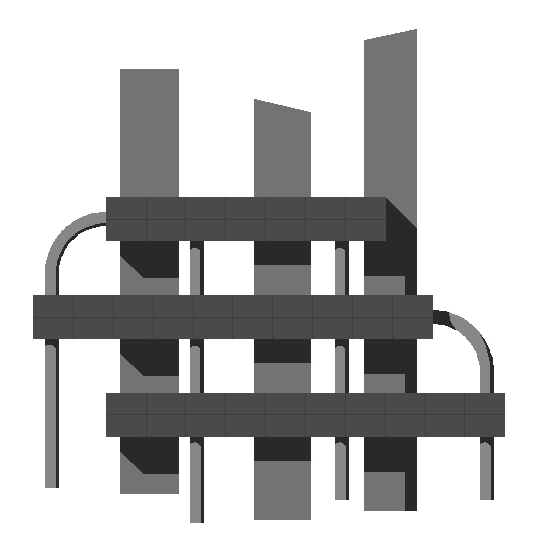|
Docente/i:
Antonella Ferrara
Denominazione del corso: Process control and robotics
Codice del corso: 504714
Corso di laurea: Computer Engeneering, Electronic Engineering
Sede: Pavia
Settore scientifico disciplinare: ING-INF/04
L'insegnamento è caratterizzante per: Computer Engeneering
Crediti formativi: CFU 12
Sito web del corso: n.d.
Obiettivi formativi specifici
The course describes and analyzes control schemes frequently used at industrial level. It also provides the basics for the design of digital control systems and the basic methodological tools for modeling and control of industrial robots.
Programma del corso
Industrial control schemes:
Cascade control, open loop control, filtering of the reference signal, compensation of measurable disturbances, two degrees of freedom control schemes, Smith Predictor, decentralized control, relative gain array, decoupling schemes.
PID controllers:
Features and properties. Rules for the empirical calibration. Wind-up and anti wind-up schemes.
Digital control:
Discrete-time systems. The concept of equilibrium for discrete-time systems. Stability. Stability of linear time-invariant discrete-time systems. Jury test. Digital control schemes. Sampling problem. Choice of the sampling time. Discretization of continuous-time controllers. Euler and Tustin methods.
Modeling of robotic systems:
Structure of robotic manipulators. Classification. The joint space and the operational space. Direct kinematics. Inverse kinematics. Differential kinematics. Euler angles. Relationship between geometrical and analytical Jacobian. Dynamic modeling.
Robot control:
Motion control in the joint space (decentralized and centralized) and in the operational space (inverse dynamics). Interaction control: force control, hybrid force/position control.
Prerequisiti
Knowledge acquired in previous courses in Automatic Control and Mathematical Methods in Engineering.
Tipologia delle attività formative
Lezioni (ore/anno in aula): 90
Esercitazioni (ore/anno in aula): 0
Attività pratiche (ore/anno in aula): 0
Materiale didattico consigliato
Lecture notes
Paolo Bolzern, Riccardo Scattolini, Nicola Schiavoni. Fondamenti di controlli automatici. McGraw-Hill, Milano. (In Italian).
Carlos A. Smith, Armando B. Corripio . Principles and Practices of Automatic Process Control. John Wiley & Sons.
Bruno Siciliano, Lorenzo Sciavicco, Luigi Villani, Giuseppe Oriolo. Robotics: Modelling, Planning and Control (Advanced Textbooks in Control and Signal Processing). Springer.
Titolo del riferimento da modificare.
Modalità di verifica dell'apprendimento
Closed-book, closed-notes, 3 hour written exam consisting of 4-5 sections assessing knwoledge and understanding of the course topics and ability to apply them in a problem solving context. Each section will be independently graded. Threshold to pass is 18/30 an maximum mark is 30/30 cum laude. The final mark is obtained as the weighted mean of marks given to each section of the written exam. Example of a written exam: http://sisdin.unipv.it/labsisdin/teaching/courses/proconrob/files/Process_Control_and_Robotics_Exam_Example.pdf
|




![]()




![]()